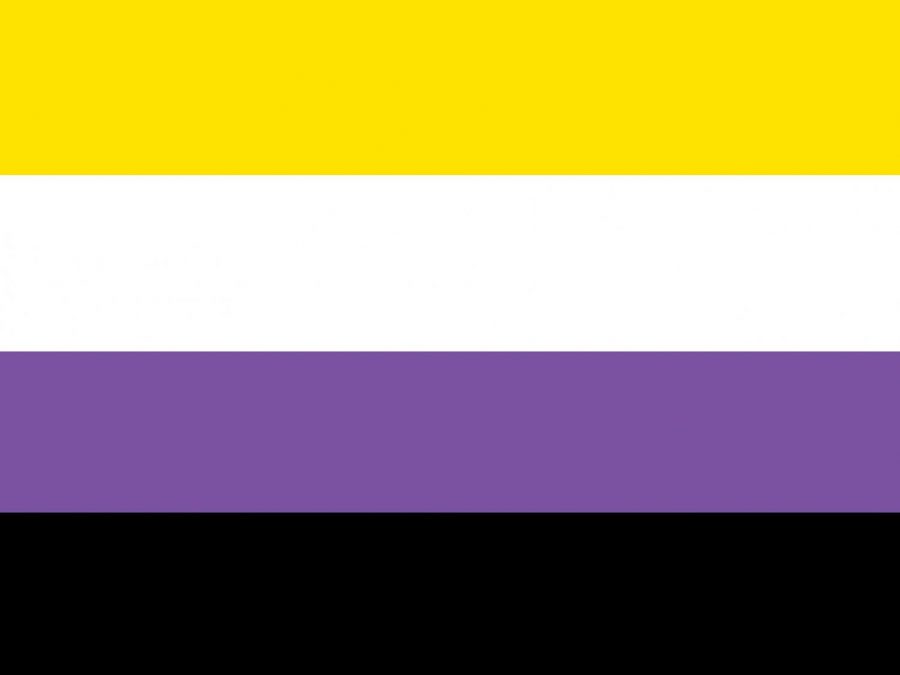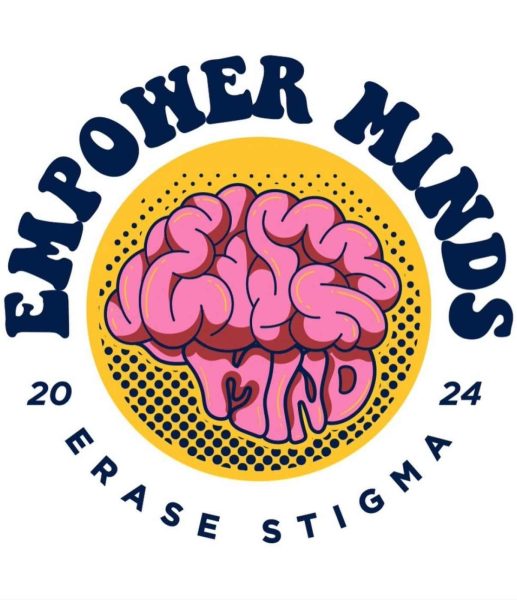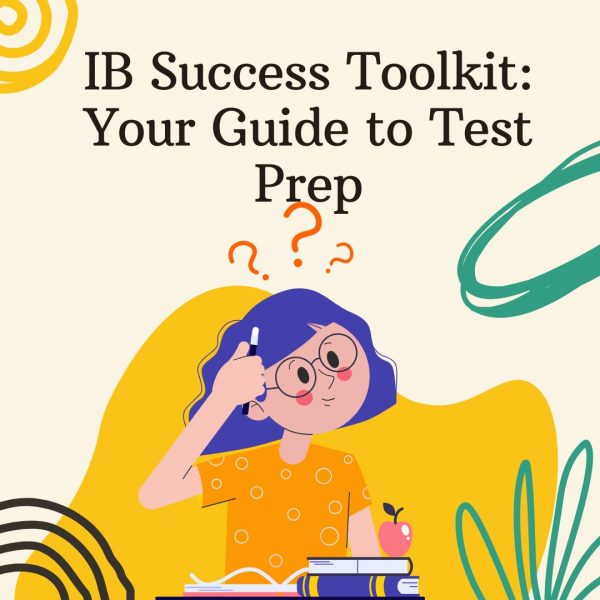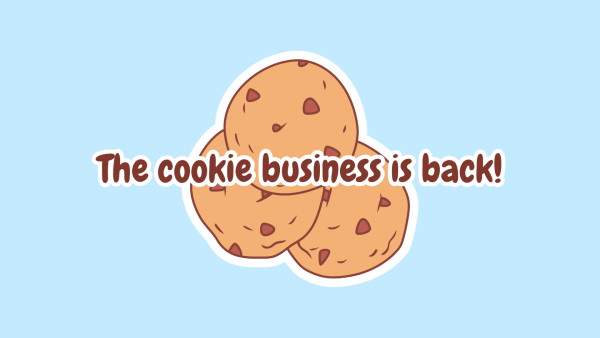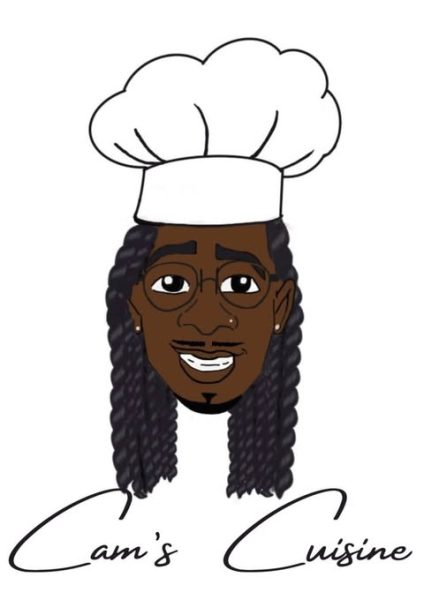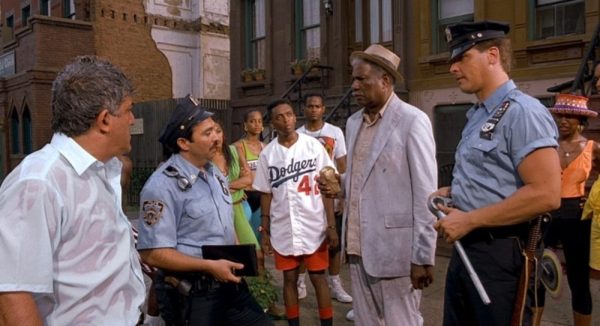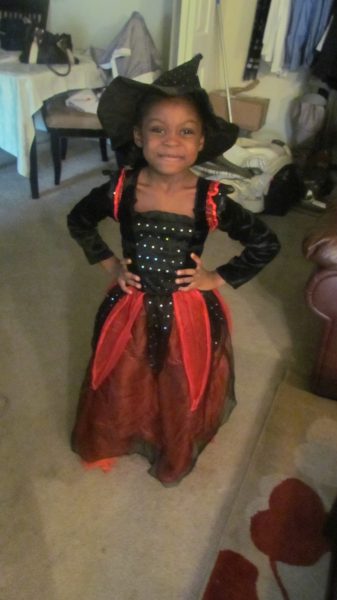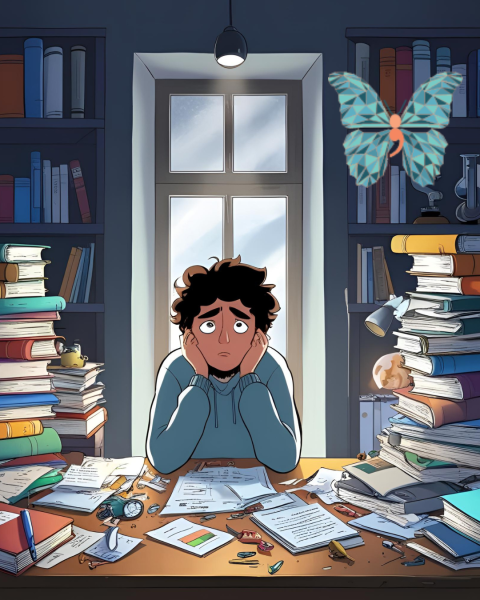What “non-binary” means from the perspective of a non-binary student
Understanding the LGBTQ+ community is the first step to equality.
There is a lot of confusion about the term “non-binary,” and how it compares to other aspects of the LGBTQ+ community. The best way to learn about these differences is to ask someone who identifies with the community.
Senior Kain Ingram (they/them) identifies as non-binary. “[Being non-binary] means that you do not identify as male or female,” Ingram said. “You identify as a ‘thing’ in between, you identify as both, or you identify as neither. There’s a spectrum.” Many people that are non-binary prefer pronouns such as “they/them,” or “ze/zir.”
Ingram shared their struggles with their identity. “Growing up I felt not quite like ‘the girls’ or ‘the guys.’ All throughout middle school, [I asked myself] a bunch of [questions like] ‘Am I transgender?’ ‘Am I cis-gender?’,” Ingram added. “A big thing that every non-binary person can relate to is the personal struggle of ‘I like that I look like a girl today, but tomorrow I’m going to want to change everything, and the next day I’m not going to care.’”
“[Some struggles I deal with are] people telling you that you are just confused, or ‘it’s a phase,’ or people trying to defend their beliefs by saying things like, ‘Well ‘they’ is a plural pronoun.’ That is just blatant transphobia,” Ingram said.
“If you don’t know what someone’s pronouns are or their name, then just ask them. It’s better to ask than to assume,” Ingram added. “I don’t hide [that I’m non-binary]. I’m not ashamed of it or anything. If someone wants to ask, I’d say yes. But it’s not like I walk up to people like, ‘Hey, I’m non-binary.’”
Ingram responded with scientific justification as well. “There are literally different hormones and compounds in the brain, and it’s something that has been proven by science. It’s an actual thing and it actually causes several mental disorders, like gender dysphoria and body dysmorphia,” Ingram added.
According to psychiatry.org, gender dysphoria is defined as “a conflict between a person’s physical or assigned gender and the gender with which he/she/they identify.” This can become so extreme that the person considers self mutilation.
Additionally, the Mayo Clinic described body dysmorphia as “a mental health disorder in which you can’t stop thinking about one or more perceived defects or flaws in your appearance.” Ingram explained that this can cause a person to view themselves in the mirror with their insecurities enhanced.
Ingram advised people on what they should do if they are questioning their gender. “You need to take time and reflect on your own. You have to try to focus on yourself. It’s hard to describe because it’s different for everyone. Talk to people who you trust about it, but don’t dismiss your feelings because that could cause [more problems],” Ingram said.
“For me, I just don’t think that gender exists in anyone. I think it is a complete societal construct that was created to put people down. There’s no difference between a woman and a man other than a piece of genitalia,” Ingram added. “I’ll admit that there are two sexes, but there’s not two genders.”
“[Regardless of your personal views,] you still have the ability to be a good person and say ‘maybe my religion doesn’t agree with this aspect of you, but I am not going to purposefully insult, hurt, and belittle you because of that,’” Ingram added.
“At the end of the day, the label doesn’t matter. What matters is who you are,” Ingram said. “So it doesn’t matter if I call myself straight, gay, bisexual, asexual, pansexual, whatever I want to come up with. It’s all the same thing. [Labels] just [try]to put you in a box.”
Your donation will support the student journalists of Watkins Mill High School. Your contribution will allow us to purchase equipment and cover our annual website hosting costs.

Katelyn “Katie” Burley is a senior and the Co-Editor-in-Chief of the Watkins Mill High School Current. She is in the IB Career Program for Early Childhood...



